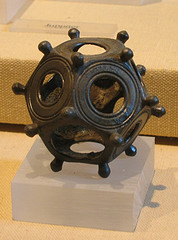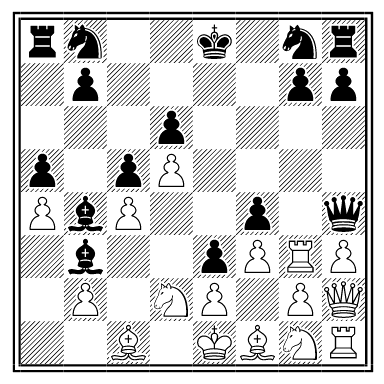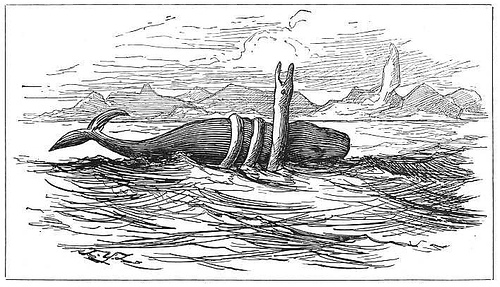
What is this? Well, it’s a dodecahedron, but what was its purpose? More than 100 of these objects have been found between England and Hungary; this one was discovered among Roman ruins near Frankfurt. Typically they’re made of bronze or stone, with a hollow center and a round hole in the middle of each face, and they range in size from 4 to 11 centimeters.
The Romans likely made them in the second or third century, but strangely they appear in no pictures from that period and they’re not mentioned in Roman literature.
Best guesses so far: survey instruments, candlesticks, or dice.




